
On the fading faith of Anglicanism
I’ve been thinking about two Anglicans named Charles lately. But before I talk about them, I want to say something about how and why I still talk occasionally about my former ecclesial group. When I […]

I’ve been thinking about two Anglicans named Charles lately. But before I talk about them, I want to say something about how and why I still talk occasionally about my former ecclesial group. When I […]

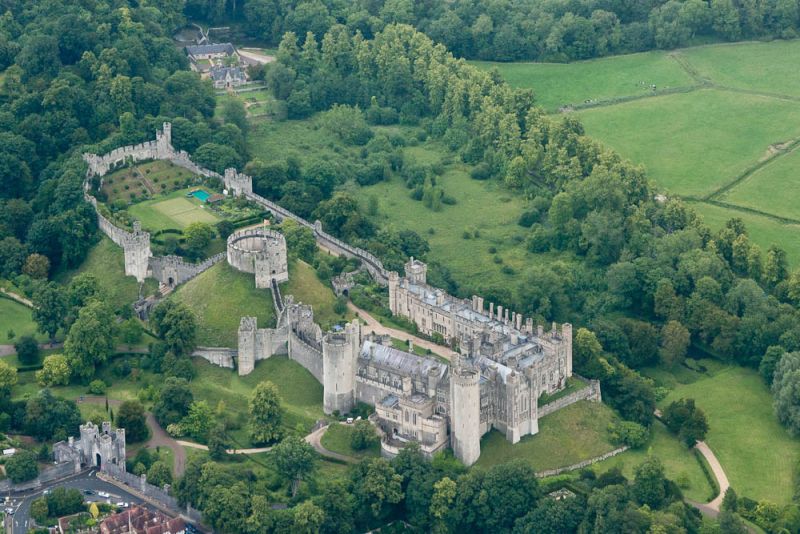 Arundel Castle in Sussex has been the seat of the Duke of Norfolk’s ancestors for 850 years. / Miles Sabin from Brighton, UK, CC BY-SA 2.0, via Wikimedia Commons
Arundel Castle in Sussex has been the seat of the Duke of Norfolk’s ancestors for 850 years. / Miles Sabin from Brighton, UK, CC BY-SA 2.0, via Wikimedia Commons
London, England, May 4, 2023 / 09:00 am (CNA).
The Earl Marshal of England is little known and rarely seen, but he oversees the world’s biggest spectacles. Queen Elizabeth’s funeral last year is reported to have attracted more than 4 billion viewers, making it perhaps the most-watched event in history. This was the finest moment for the current Earl Marshall, Edward Fitzalan-Howard, more formally known as His Grace the Most Noble Duke of Norfolk.
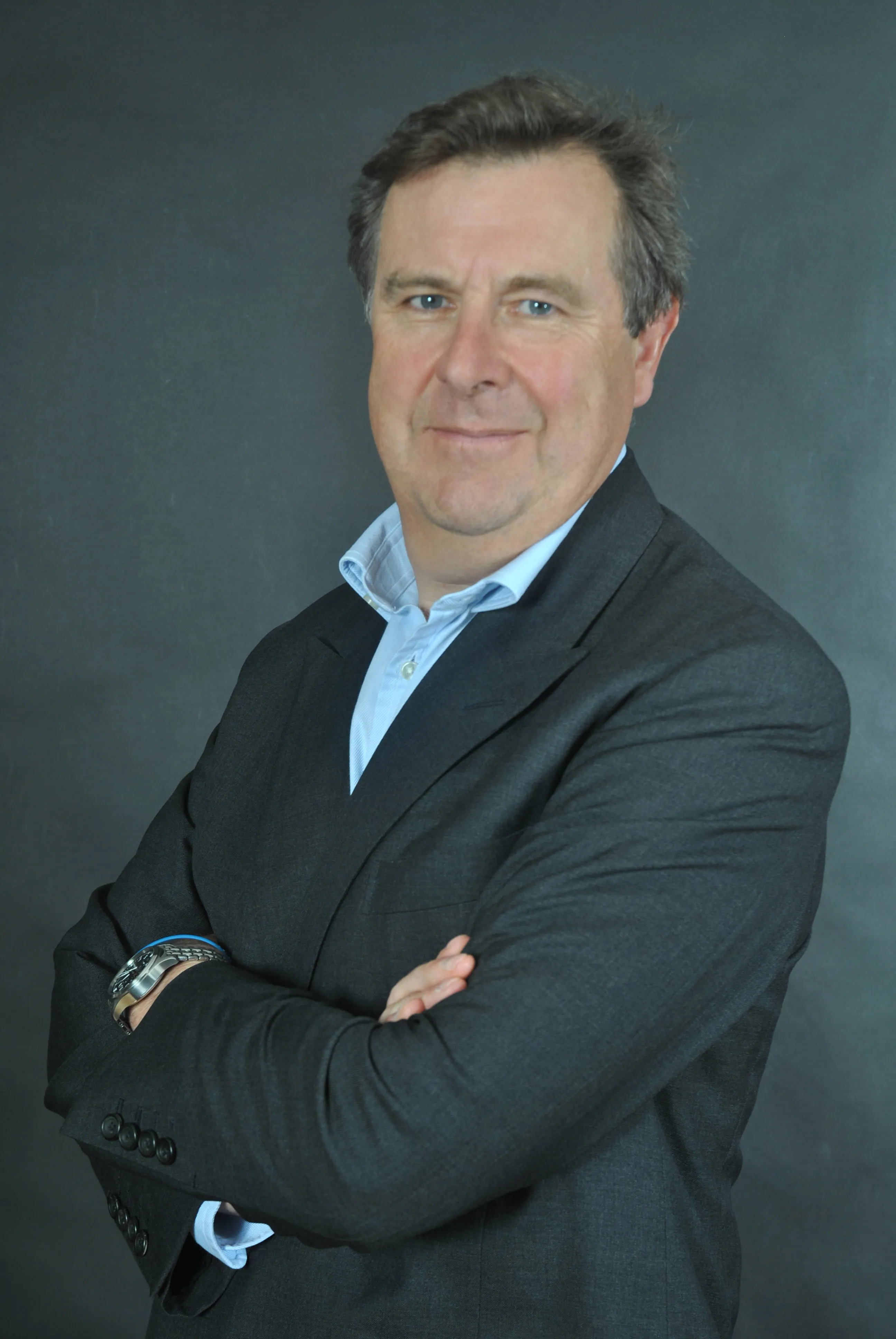
The 18th Duke spent 20 years planning the late queen’s funeral but has had far less time to arrange the coronation of the United Kingdom’s new monarch, King Charles III, which will take place Saturday, May 6. Despite making the news for dangerous driving and his recent divorce and remarriage, Fitzalan-Howard will try to be as inconspicuous as possible at the coronation, just as he was at the queen’s recent funeral, which will be difficult for a man wearing the most extravagant uniform outside the military or the Church of England.
Since 1484 the Earl Marshal has supervised royal events through the College of Arms with assistance from quaintly named characters such as Garter King of Arms and Rouge Dragon Pursuivant. The payment these heralds receive is appropriately medieval.
Although it is often stated that the Dukes of Norfolk have held this position since 1672, the first Earl Marshal of the Howard family was John, 1st Duke of Norfolk, in 1483. A few other families have also had a turn, especially during the tumultuous Tudor era. The most peculiar choice was Henry VIII, made Earl Marshal by his father at the age of 3.
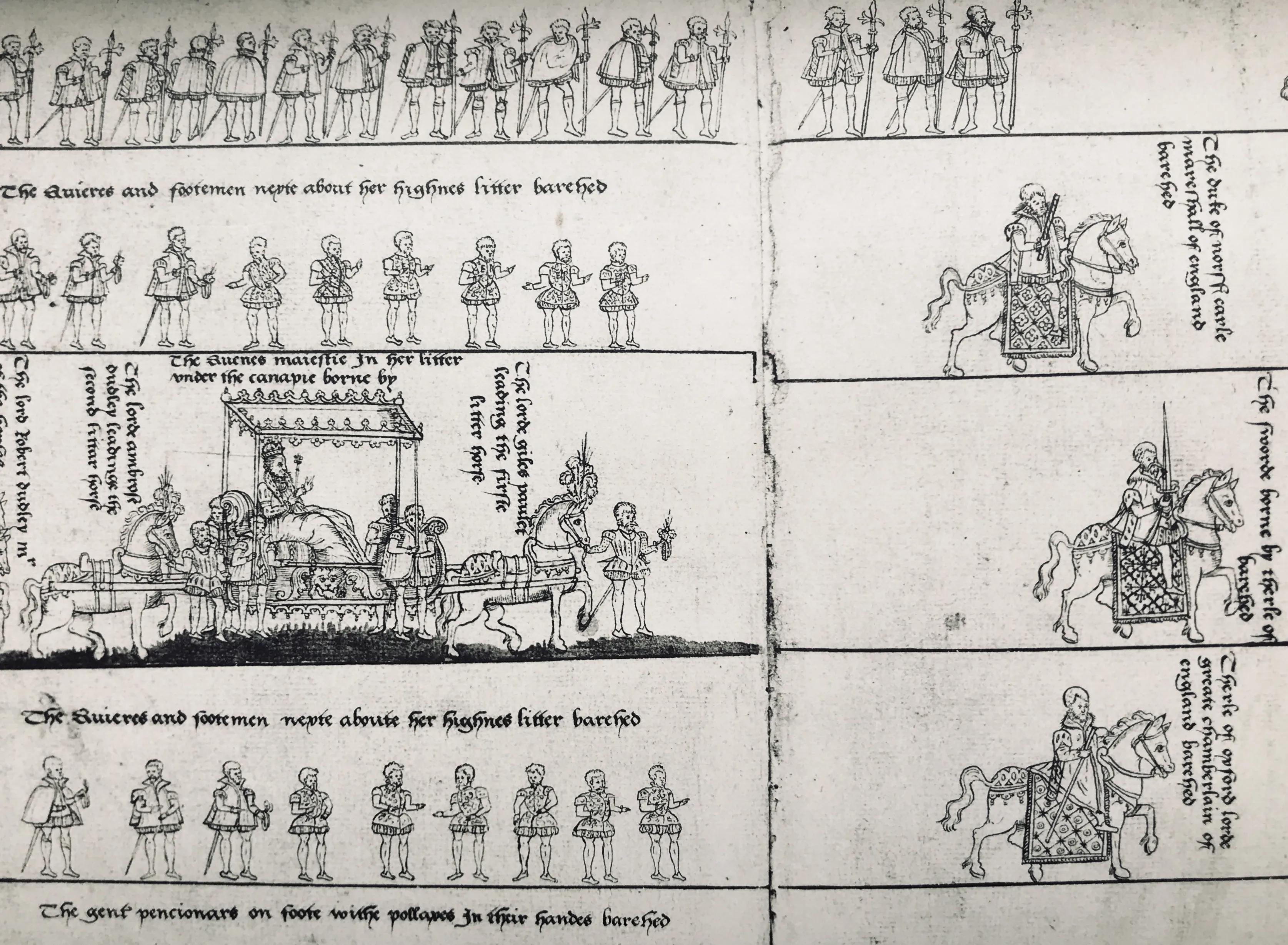
It’s not surprising that there is confusion bordering on bewilderment about this post. The Howard family has held different titles going back more than seven centuries. On occasion these have been stripped from them — most notably during the reign of Elizabeth I. The unrelentingly Catholic head of the family had his dukedom removed, along with all his income. It would have been little consolation at the time, but Philip Howard was eventually made a saint, canonized by Pope Paul VI in 1970.
Philip Howard, who should have been the 5th Duke of Norfolk, died at the Tower of London in 1595, accused of being a Catholic and a Jesuit conspirator. Philip’s father, Thomas Howard, 4th Duke of Norfolk, was beheaded at the same location despite denying being a Catholic before the axe came down. Similar fates befell the 4th Duke’s father and grandfather. It became a tradition among the Howards to suffer for being Catholic.
The Howard family tells us much about British history, especially Catholic history. The Dukes of Norfolk have had demotions — promotions have been difficult as they have been at the top for so long anyway. Some aspired to be kings, while others have been successful statesmen, generals, poets, and cardinals. One was committed to an Italian insane asylum. Most clung to their Catholicism, while a few did not. Others merely talked about converting. Duke Henry, appointed by Charles II when the monarchy was restored after Cromwell’s republic, told the diarist John Evelyn that he “will go to Church and become Protestant” but couldn’t bring himself to do so. His son did instead.
It is the Howards’ abilities and persistence that helped rehabilitate Catholics as acceptable members of British society.
One small step was a concession the 12th Duke obtained in 1824, when he was no longer required to deny Transubstantiation — a vital element of Catholic belief. After that date, they could perform their duties as Earl Marshal without needing a deputy to stand in for them. Previously, Catholic dukes had to step aside at the last minute in case the Protestant public gaze should be upon them.
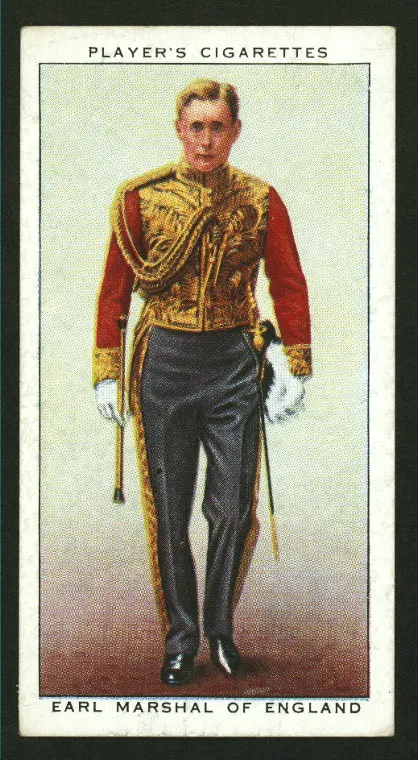
Some confusion remains to this day. The Dukes of Norfolk’s ancestral home is in Sussex, far from Norfolk. For 850 years they have owned the magnificent Arundel Castle, recently robbed for relics of Mary Queen of Scots. They also own 16,000 prime acres of Sussex. In contrast, the Duke and Duchess of Sussex (better known as Prince Harry and Meghan Markle) own no land in that valuable county. Nor are they playing much of a part in the coronation. The Sussexes of Montecito do have a superior title though.
Part of the secret of the Dukes of Norfolk’s longevity has been keeping up with the times. When the present Duke was charged in court, he told the magistrate that he drives an elderly BMW because he likes “being simple and unpompous.” This is very different from the 16th Duke, who organized Queen Elizabeth’s coronation. When he led the England cricket team to Australia, he famously said: “Gentlemen, I wish this to be an entirely informal tour. You will merely address me as ‘Sir.’”
As is so often the case, the present 18th Duke of Norfolk is not a direct descendant of the 16th Duke. Descent in this family has often been confusing because of an absence of male heirs. If Norfolk had been in Scotland, things would have been different and a woman could have been the key organizer of King Charles III’s coronation. Since the Duke of Norfolk is not allowed to be a woman, there will probably never be a “Countess Marshal.”

Americans have many reasons to mourn the death of Queen Elizabeth II, one of the few truly noble figures on the contemporary world stage. We were deeply touched by her decision to have the band […]

I was supposed to be in England for a conference and other work-related events this week, but twenty-four hours before we were set to fly, Queen Elizabeth II died. For a variety of good reasons, […]

The European Conservative – “A quarterly magazine that seeks to defend and promote Western Christian civilization and is known for its Catholic sympathies has been removed by a major U.K. bookstore chain.” UK Bookstore Chain […]

Queen Elizabeth II films her traditional Christmas broadcast to the Commonwealth from Buckingham Palace on Dec. 19, 2001 in London, England. / Anwar Hussein/Getty Images
Washington, D.C. Newsroom, Sep 8, 2022 / 14:56 pm (CNA).
Catholic leaders … […]

Queen Elizabeth greets Pope Francis at the Vatican in 2014. / Vatican Media
St. Louis, Mo., Sep 8, 2022 / 13:58 pm (CNA).
Pope Francis in a telegram late Thursday offered his condolences and prayers upon the death of Queen Elizabeth II, Britain… […]

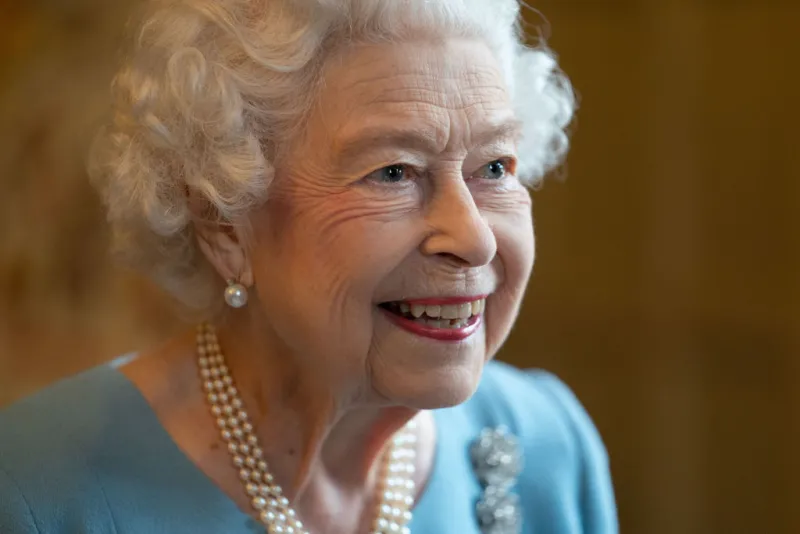 Queen Elizabeth II celebrates the start of the Platinum Jubilee during a reception in the Ballroom of Sandringham House on Feb. 5, 2022, in King’s Lynn, England. The Queen came to the throne on Feb. 6, 1952. She died Sept. 8, 2022, at Balmoral Castle in Scotland. / Photo Joe Giddens / by WPA Pool/Getty Images
Queen Elizabeth II celebrates the start of the Platinum Jubilee during a reception in the Ballroom of Sandringham House on Feb. 5, 2022, in King’s Lynn, England. The Queen came to the throne on Feb. 6, 1952. She died Sept. 8, 2022, at Balmoral Castle in Scotland. / Photo Joe Giddens / by WPA Pool/Getty Images
Washington, D.C. Newsroom, Sep 8, 2022 / 11:34 am (CNA).
Queen Elizabeth II, the longest-reigning monarch in British history, and the oldest and longest-serving head of state in the world, died at the age of 96 Thursday at Balmoral Castle in Scotland after a brief illness.
Elizabeth Alexandra Mary, born on April 21, 1926, was the elder daughter of Prince Albert, duke of York, and Lady Elizabeth Bowes-Lyon. There was little expectation that she would ever become queen, and she and her younger sister, Margaret, who died in 2002, are said to have lived a carefree, practically “normal” life.
That all changed on Dec. 11, 1936, when her father’s older brother, Edward VII, abdicated the throne to marry the American divorcée Wallis Simpson. Her father became King George VI, and at 10 years old, Elizabeth became the heir presumptive.
At age 27, Elizabeth ascended to the throne after her father’s death on Feb. 6, 1952. In the course of her 70-year-reign, she served with 15 prime ministers, from Winston Churchill to the newly instated Prime Minister Liz Truss. Following a centuries-old tradition, Elizabeth officially asked Truss to form a new government on Sept. 6, although the ceremony was held at Balmoral Castle rather than Buckingham Palace due to the queen’s recent mobility issues.
Her extraordinarily long reign, which one observer noted covered 30% of U.S. history, was astonishing in that she remained physically and mentally engaged until her last days. As Head of State of Britain’s constitutional monarchy, she represented Britain and served as a stabilizing and unifying leader and advocate for members of the Commonwealth. Since she became queen, she made her role as Head of the Commonwealth a priority and saw the number of nations in the Commonwealth grow from eight to 54 today. During her reign, she also met five different popes.
Beyond her ceremonial functions, she was known for keeping well-informed of issues facing her nation. An avid horsewoman, she reportedly had to stop her beloved pastime last fall. As recently as this June, she was back in the saddle and was seen riding her pony at Windsor Castle.
Elizabeth was preceded in death by her husband, Prince Philip, duke of Edinburgh, who died on April 9, 2021. She had four children, eight grandchildren, and 12 great-grandchildren. The eldest son, Charles, prince of Wales, will now become king and his wife, Camilla, duchess of Cornwall, will become Queen Consort.
The queen’s four children — Charles; Anne, princess royal; Andrew, duke of York, and Edward, earl of Essex — were at the queen’s bedside before she died.
As queen, Elizabeth served as de facto head of the Anglican Church. Her title “Defender of the Faith and Supreme Governor of the Church of England,” dates to the reign of King Henry VIII. As such, she appointed archbishops, bishops, and deans of the Church of England and presided over the opening of their General Synods.
She was a vocal proponent of the practice of religion, whether it was Anglican or not. She used her Christmas Day message to call for interfaith harmony. On the occasion of the Diamond Jubilee marking the 60th year of her reign in 2012, she and the duke of Edinburgh attended a multi-faith reception at Lambeth Palace hosted by the archbishop of Canterbury.
“Faith plays a key role in the identity of millions of people, providing not only a system of belief but also a sense of belonging. It can act as a spur for social action,” the queen said.
“Indeed, religious groups have a proud track record of helping those in the greatest need, including the sick, the elderly, the lonely, and the disadvantaged. They remind us of the responsibilities we have beyond ourselves,” she said.
In matters of personal faith, the queen was said to have been deeply religious. The Washington Post reported that, according to Oxford University theology professor Stan Rosenberg, the queen had “a deep vibrancy of faith,” and “read Scripture daily, attended church weekly, and regularly prayed.”
Her Christmas radio messages were sometimes deeply personal and revealed a life of prayer and faith.
“I know just how much I rely on my faith to guide me through the good times and the bad,” she said in 2002. “Each day is a new beginning. I know that the only way to live my life is to try to do what is right, to take the long view, to give of my best in all that the day brings, and to put my trust in God. … I draw strength from the message of hope in the Christian Gospel.”
This is a developing story.

Queen Elizabeth greets Pope Francis at the Vatican in 2014. / Vatican Media
Rome Newsroom, Sep 8, 2022 / 10:12 am (CNA).
With the Royal Family gathering in Balmoral Castle Thursday amid concerns for Queen Elizabeth II’s health, Catholic bishops… […]

Cardinal Vincent Nichols of the Archdiocese of Westminster, England. / Daniel Ibáñez/CNA
St. Louis, Mo., Sep 8, 2022 / 10:03 am (CNA).
Cardinal Vincent Nichols of Westminster, England, offered prayers on Thursday for Queen Elizabeth II, who is … […]
© Catholic World Report